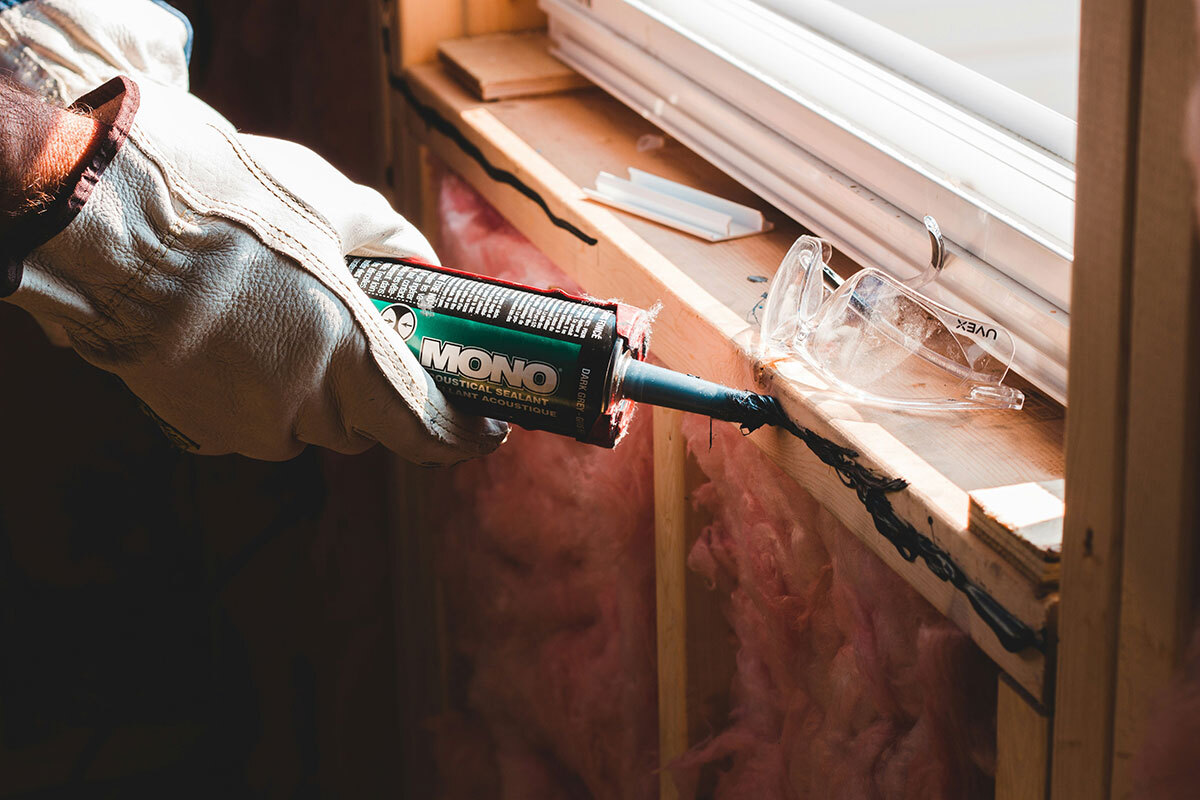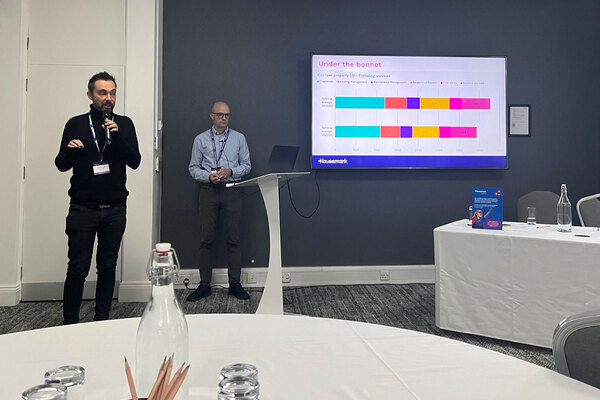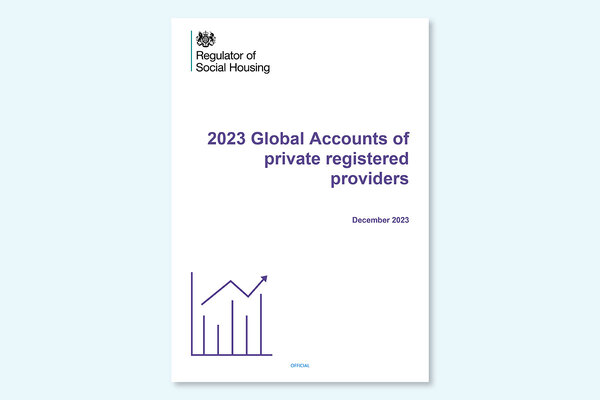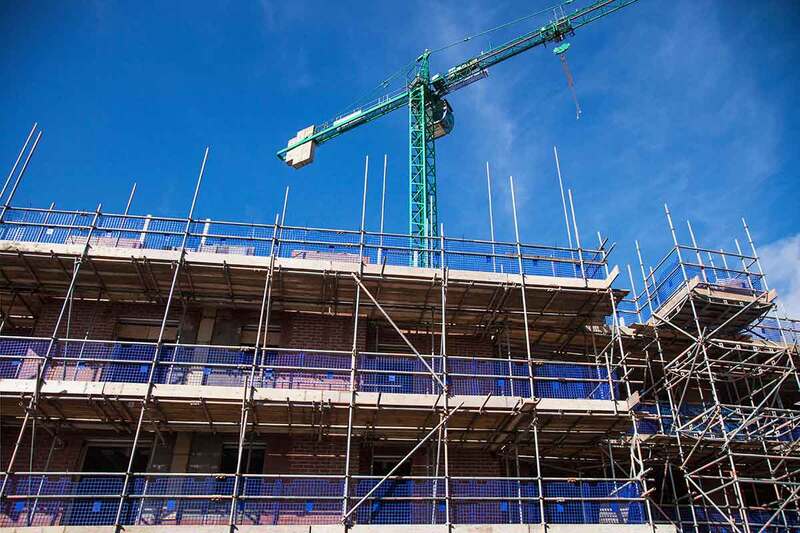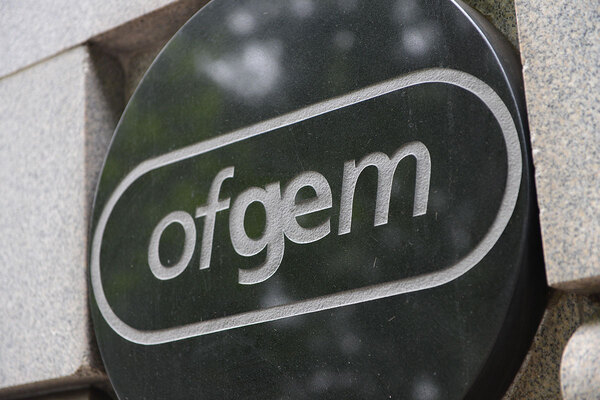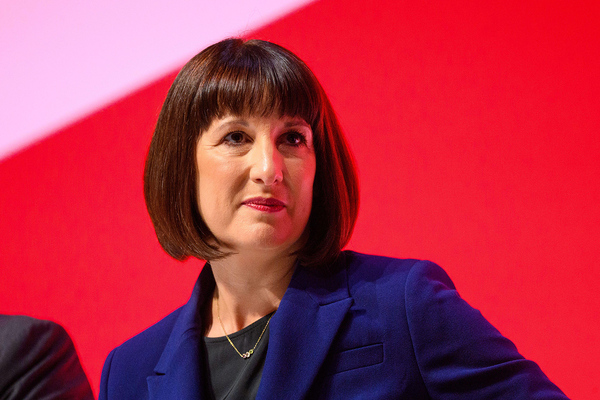You are viewing 1 of your 1 free articles
RSH Global Accounts: spend on repairs and maintenance reaches ‘record’ £8.8bn
Housing associations spent £8.8bn on repairs and maintenance between April 2023 and March 2024, a 14.3% increase on last year’s figure.
The sum was revealed in the Regulator of Social Housing’s (RSH) Global Accounts, which cover 200 private registered providers and were published today.
The figure for 2023-24 is the third consecutive year of “record” spending on existing stock. In 2023, the sector spent £7.7bn on repairs and maintenance, while in 2021-22 it spent a collective £6.5bn.
The spending for 2023-24 is £3.1bn, 55% above the pre-pandemic level of £5.7bn.
The projected spend on repairs and maintenance has increased by 11% compared to last year’s plans, the regulator said, and is slated to total £10bn per annum over the next five years.
“Substantial investment in existing homes has weakened the sector’s financial position, which can also be seen in a number of recent regulatory judgements,” the RSH said.
Providers’ spending on development also increased by 10% to £15bn year on year, while 54,000 homes were delivered – an uptick of 3% compared to the previous year.
The RSH said this figure was greater than the previous pre-pandemic peak.
It also underlined the “difficult trade-offs” providers are having to make “between maintaining financial resilience and investing in new and existing homes”.
This was reflected in the decrease in the number of homes forecast to be completed over the next five years, which has dropped by 42,000 to 292,000.
The sector’s overall underlying surplus – excluding movements in fair value – fell from £2.2bn to £1.6bn.
This is its lowest level since the RSH began collecting data on it in 2018, when the sector reported an underlying surplus of more than £3.6bn.
While the sector’s operating margin, excluding fixed asset sales, was still at a historically low level in 2023-24, the RSH said it had “stabilised slightly in the year to 17%”, compared to last year’s 16.6%.
Housemark reported at the end of last year that average overall operating margins for the sector had risen from 18.5% in 2022-23 to 19.3% in 2023-24, according to its initial analysis.
The regulator said the sector continues to have “robust liquidity”, agreeing £12.5bn in new facilities during the year and having £29.9bn in undrawn facilities.
Will Perry, director of strategy at the RSH, said: “The sector as a whole has so far proven resilient as it grapples with competing financial pressures, managing to stabilise operating margins this year while investing record amounts on existing homes and building much-needed new homes.
“However, forecasts indicate this could become more challenging in the future as rising levels of debt and cost of capital, as well as sustained high levels of investment in existing stock, impact providers’ surpluses.”
Mr Perry said that providers must continue to monitor risks and alert the regulator of material issues.
“We will take action if we have concerns about a landlord’s viability,” he said. “We know that this continued close scrutiny is key to maintaining investor confidence, as well as protecting tenants and providing new homes across the country.”
Sign up for our development and finance newsletter
Already have an account? Click here to manage your newsletters
